Many millennia ago, before history was written, these strange creatures roamed the Earth .
- Ichthyostega
- Sharovipteryx
- Longisquama
- Stagonolepis
- Casea
- Archeopteryx
- Deinocheirus
- Dimorphodon
- Epidendrosaurus
- Epidexipteryx
- Jaekelopterus
The most famous of the prehistoric creatures ever discovered by humans are the dinosaurs. Countless films have been made about these amazing reptiles. But during different eras of prehistory, our world was filled with many other strange and wonderful creatures.
Ichthyostega
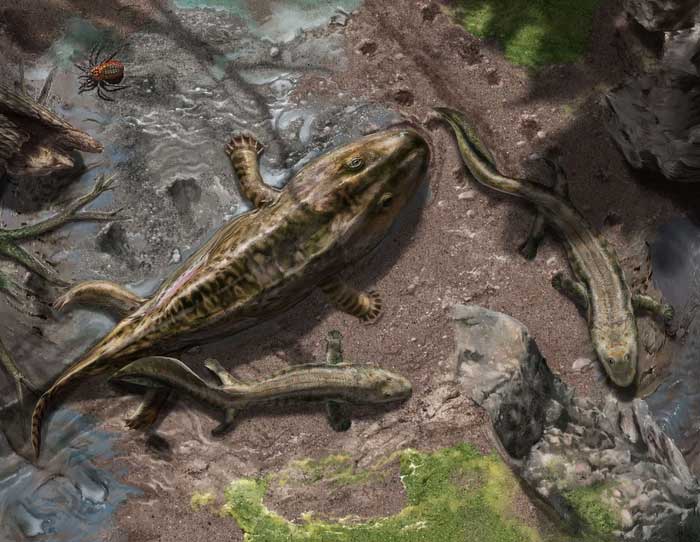 This creature has the head and tail of a fish.
This creature has the head and tail of a fish.
Living at the end of the Devonian period, Ichthyostega is one of the earliest amphibians to appear on the planet. It has the head and tail of a fish, and needs to return to the water to reproduce.
The distinguishing feature of Ichthyostega from lobe-finned fish is the limbs. In Ichthyostega, the fins are connected, there are leg bones and toes. Ichthyostega’s feet are quite strange by modern standards because they have up to eight toes on each foot.
Sharovipteryx
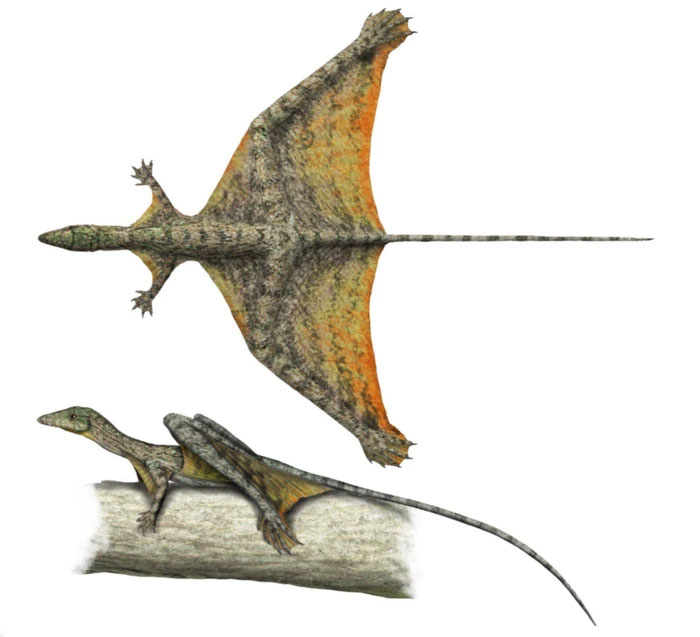 Sharovipteryx lived in the early Triassic period more than 240 million years ago.
Sharovipteryx lived in the early Triassic period more than 240 million years ago.
Scientists believe that Sharovipteryx was ancestral to the winged reptiles known as pterosaurs. It itself is not classified as a true pterosaur, it lived in the earlier Triassic period more than 240 million years ago.
Fossils of this creature were unearthed in the Madygen Formation in Kyrgyzstan, Central Asia. It is only about 30 cm long. This strange creature has four appendages that appear to possess thin flaps of skin that resemble wings. The front limbs are quite short, while the hind limbs are much longer.
Some theories suggest that this body structure allowed Sharovipteryx to jump easily. Paleontologists believe its mode of transportation was more like gliding than actual flight – perhaps it moved like modern flying squirrels, jumping and gliding in the air to reach other branches. .
List of “weird” animals that once dominated the Earth
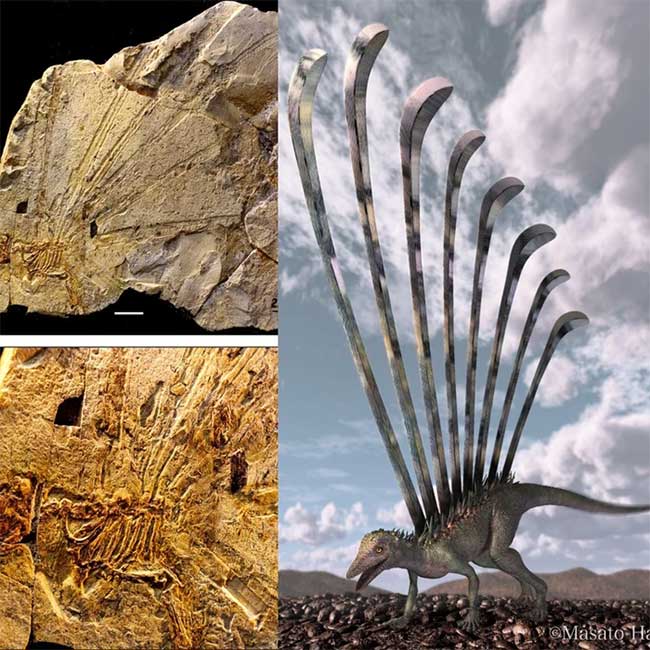 Longisquama lived in the forests located on the supercontinent Pangea during the Triassic period.
Longisquama lived in the forests located on the supercontinent Pangea during the Triassic period.
This creature is classified as a diapsid subclass – a primitive reptile subclass that would develop into the most important reptile subclass on our planet. Creatures of this class originally appeared as a small group of reptiles that were good at climbing. Longisquama lived in the forests located on the supercontinent Pangea during the Triassic period.
The most striking feature of this strange creature is a double row of long scale-like structures running along its back, forming six to eight pairs. These pairs of skirts will grow corresponding to each pair of ribs. The scales have a hollow vein in the middle, like a bird’s feathers. But unlike feathers, Longisquama’s scales appear to be made up of flat plates rather than actual feathers.
Stagonolepis
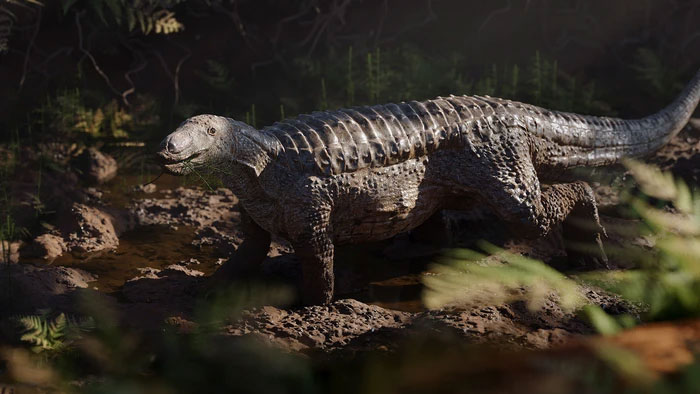 This is the most unique species among primitive crocodiles.
This is the most unique species among primitive crocodiles.
Triassic Earth had many species of prehistoric crocodiles and Stagonolepis was also one of them. However, this is the most unique species among primitive crocodiles and is probably also extremely special when compared to modern crocodiles.
The crocodiles we know are all carnivores, but Stagonolepis is completely different, they are herbivores and they are one of the most common species at the end of the Triassic period.
This strange creature has a very small head compared to the size of its body (only about 10% of its total body length). The special thing is that the front of their jaw has no teeth, instead there is a beak-like structure to support digging along with their two front limbs to search for food.
Casea
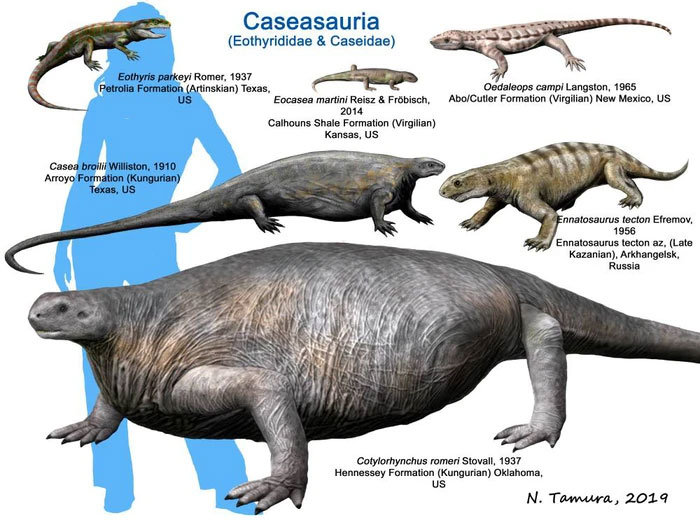 This prehistoric creature had a large thorax and was capable of reaching up to 120cm in length.
This prehistoric creature had a large thorax and was capable of reaching up to 120cm in length.
The Casea are a group of primitive reptiles and none of them are alive today. The bodies of these creatures are massive like pigs, but they have a tiny head, protruding upper jaw with sharp teeth, but no teeth in the lower jaw. This gave Casea a rather silly appearance. These prehistoric creatures had large ribcages and were capable of reaching up to 120 cm in length. These strange creatures lived mainly at the end of the Permian period.
The ancestral bird was a dinosaur?
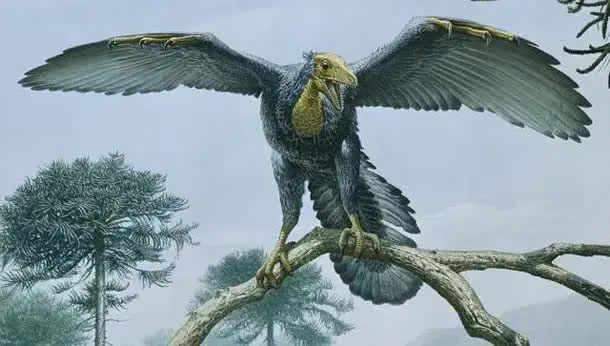 This is said to be the ancestral bird.
This is said to be the ancestral bird.
The creature’s Greek name is “the first bird,” and it is believed to have existed during the Jurassic period. A fossilized feather of this species was discovered in 1861 in Solnhofen, Germany, where high-quality lime mines were exploited for more than a century.
Be startled by the creatures with the strangest shapes in prehistoric times
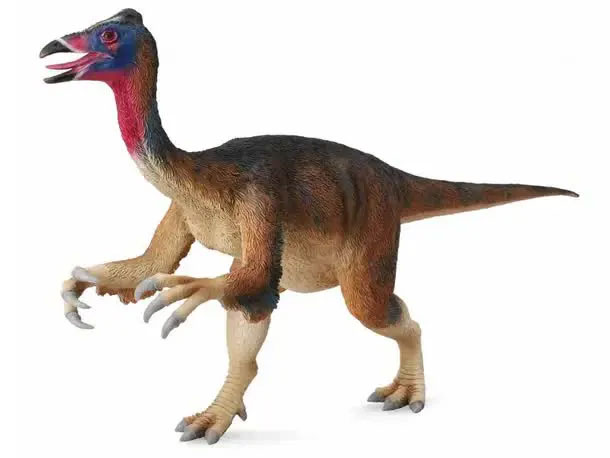 This dinosaur is quite mysterious to paleontologists.
This dinosaur is quite mysterious to paleontologists.
This dinosaur is a bit of a mystery to paleontologists because the only known evidence of its existence is a handful of fossilized remains, including two forelimbs and some vertebrae. The fossil remains were found on July 9, 1965 in Mongolia and were named Deinocheirus which translates to “terrible hand”.
Dimorphodon
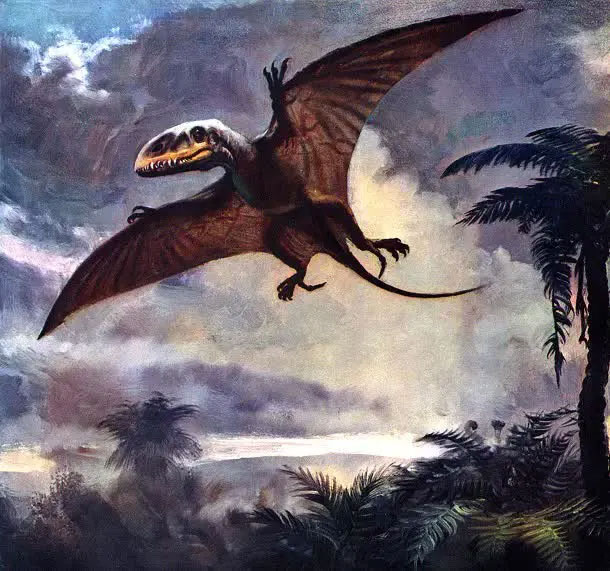 These creatures are said to have excellent eyesight.
These creatures are said to have excellent eyesight.
Its name means “two-shaped tooth,” a result of having two distinct types of teeth in its jaw. These creatures are said to have excellent eyesight and incredibly sharp claws for hunting fish, squid or lizards.
Epidendrosaurus
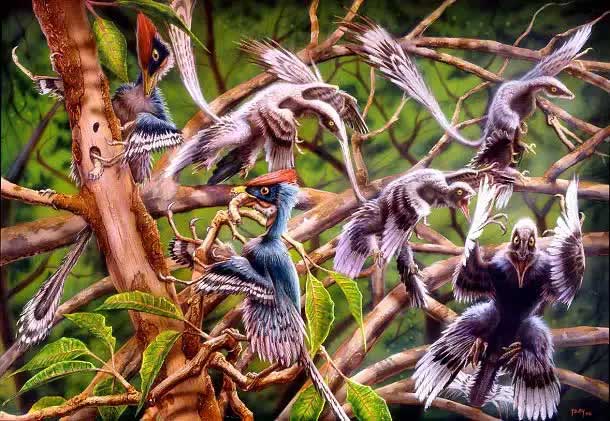 This is the first reptile that is closer to birds than to dinosaurs.
This is the first reptile that is closer to birds than to dinosaurs.
Although Archaopteryx is credited with being the “first bird,” Epidendrosaurus or “tree lizard” was the first reptile that was closer to birds than to dinosaurs. It is about 6 inches long and uses its long arms and clawed hands to pry insects from tree bark.
Be startled by the creatures with the strangest shapes in prehistoric times
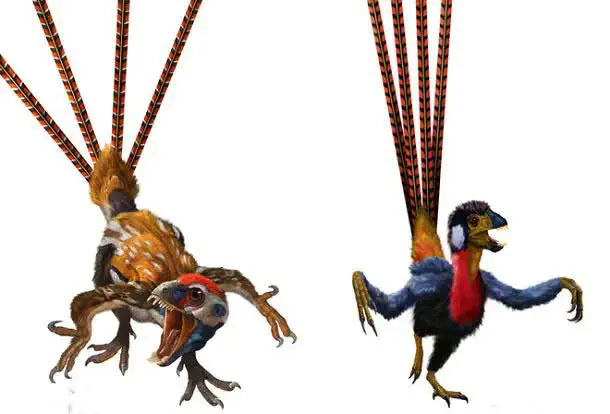
A small feathered dinosaur that existed in the Inner Mongolia region of China, Epidexipteryx is the earliest known representative of feathered dinosaurs in the fossil record.
List of extinct giant monsters on Earth
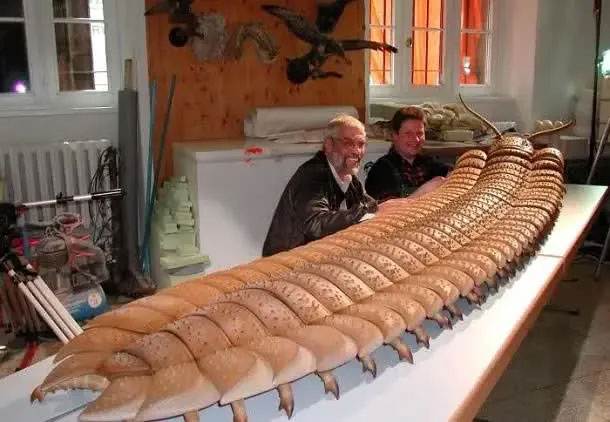 This is one of the largest arthropods ever discovered
This is one of the largest arthropods ever discovered
This extinct sea scorpion had an estimated length of about 2.5 meters, making it one of the largest arthropods ever discovered. Although known as the “sea scorpion,” it is said to live in freshwater rivers and lakes in present-day Germany.





